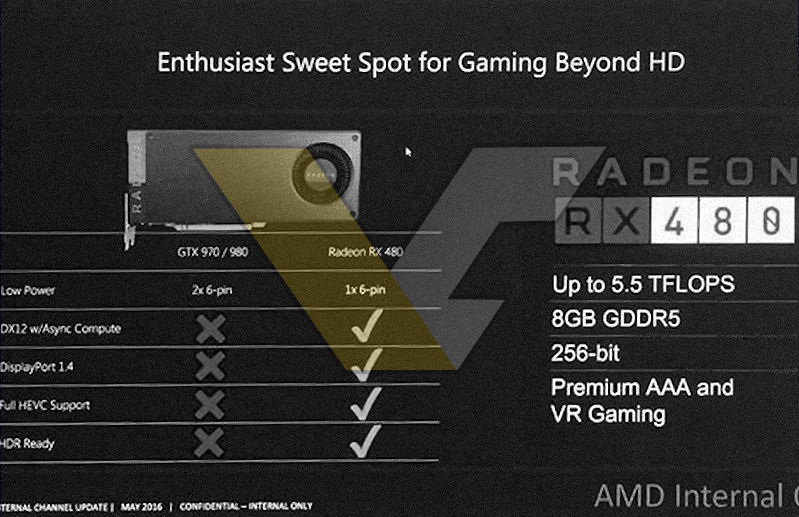Advanced Micro Devices Inc. is angling to lower the cost of virtual reality, targeting the field with a new line of graphics hardware priced at $199—half or less the cost of comparable products.
AMD said the first chips based on its new Polaris design are expected to arrive in graphics cards for personal computers at the end of June. The company aims to help push the starting cost of PCs that can deliver VR experiences as low as $799 from above $1,000.
Consumers also face the cost of the latest generation of VR headsets—$599 for the Oculus Rift from Facebook Inc. ’s Oculus VR unit, for example, or $799 for HTC Corp. ’s Vive.
ADVERTISEMENT
But the need for a PC with an add-in card that includes a beefy 3-D graphics chip is another barrier that stands in the way of widespread adoption of VR. An online survey conducted in April by the Advanced Imaging Society found that 68% of respondents said VR equipment was too expensive.
“Less than 1% of PC users have systems that are capable of doing VR,” said Raja Koduri, senior vice president and chief architect of AMD’s Radeon technologies group. “The entry point is very, very high.”
AMD said its new Radeon RX cards, certified for use in VR by HTC and Oculus VR, deliver performance equivalent to that of $500 graphics cards used for VR.
Patrick Moorhead, an analyst with Moor Insights & Strategy briefed on AMD’s strategy, estimated that the current minimum price on cards comparable to AMD’s new models is $399. He said the $199 pricing comes as a surprise.
“It’s great for getting more people into VR,” said Kelt Reeves, president of Falcon Northwest Computer Systems Inc., a boutique maker of gaming PCs that serves the market.
AMD competes with Nvidia Corp. in the chips known as graphics processing units, or GPUs. Mercury Research estimates that Nvidia had 70.6% of shipments in the first quarter of 2016 to 29.4% for AMD, though the latter’s share is up three percentage points from the fourth quarter.
Standard practice in the GPU business has been to start new product lines with high-end cards that command hefty prices and profit margins. Mr. Koduri said AMD hoped that breaking from tradition by starting with a lower-cost model could have a bigger impact. For one thing, he said, computer retailers prefer to stock machines for less than $999.
Nvidia on May 7 introduced a new flagship model called the GTX 1080 at a $599 price tag that is expected to succeed a $1,000 model called the Titan X. Nvidia also introduced a $379 model called the GTX 1070, which is likely to be seen as competition to the new AMD model.
“It’s up to Nvidia to come up with a lower-priced card,” Mr. Moorhead said.
An Nvidia spokesman had no immediate comment.
AMD, based in Sunnyvale, Calif., plans to formally announce the new chips early Wednesday at the Computex trade show in Taiwan.





 LinkBack URL
LinkBack URL About LinkBacks
About LinkBacks

 Reply With Quote
Reply With Quote


 CPU Validation 5.198GHz@1.314v with 4.4GHz cache + RAM 2400MHz@1T
CPU Validation 5.198GHz@1.314v with 4.4GHz cache + RAM 2400MHz@1T 

